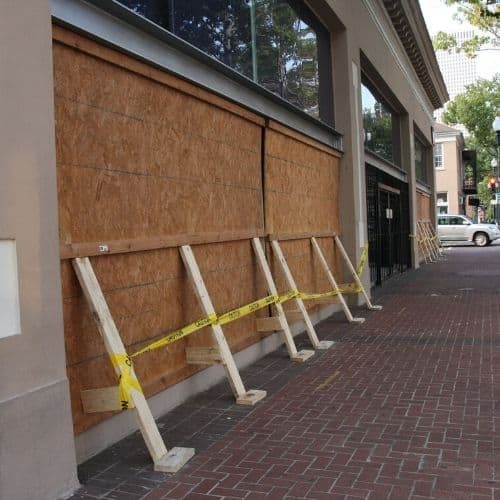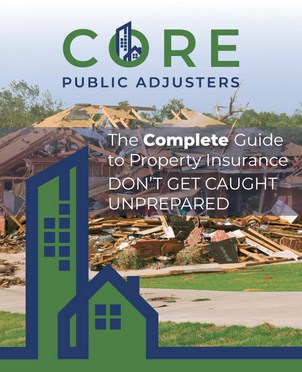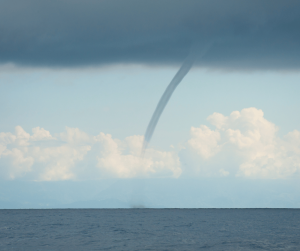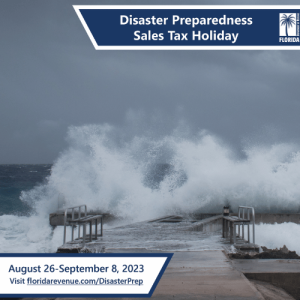Wildfires, floods, tornadoes, hurricanes. Disasters can strike at any time in Florida. There are three steps to disaster preparedness for your business: insure, secure, and recover. Let’s take a look at each of these.
Insure
An insurance policy usually cannot be revised when a named storm is threatening Florida. Review your property insurance policies for your business each year prior to the start of hurricane season.
- Make sure you have the appropriate amount and type of insurance coverage to protect your business.
- Review your insurance needs and your current policies with your insurance agent.
- Are your limits at levels that protect your investments? Be sure to understand your deductibles.
Secure
Secure your business and records immediately. Do not wait until the disaster occurs.
- Keep a list of your insurance policies and copies of each in a secure location.
- Prepare an inventory of the items and equipment in your business. Take photos or videotape your assets. Store your lists and photos in a safe location, away from your property.
- Back up your business’ computer records at least weekly and store a copy of this information in a safe location off-site.
- Develop a list of your computer hardware and software. Include model names and serial numbers.
Recover
Once your business has incurred property damage from an insured event, it is now time to get on the road to recovery so you can continue your business as usual as quickly as possible.
- Keep an emergency kit ready to help you after the disaster. Include items such as a flashlight, gloves, eye goggles, masks, and bandages. Keep these supplies with your other important documents.
- After a disaster, the safety of your staff members and the general public, as well assessing the condition of your business, is a priority. Perform an inspection of your property and compile a complete description of the damage to your property, equipment, and inventory.
- After itemizing your damages, set damaged equipment and inventory aside in the best possible order for examination by your insurance company. If circumstances require that you throw out damaged items immediately, take pictures and video to prove you owned these items and to prove they were located inside of your business at the time damage occurred.
- Determine the condition of the ventilation, drainage, and other sanitation systems within the building.
- Make temporary repairs necessary to protect your property from further damage. If you or your employees are involved in the clean-up activities, be sure to wear appropriate safety gear. Save all receipts for reimbursement by your insurance company.
- Depending on the terms of your business’ insurance policy, your insurance company may be obligated to reimburse you for loss of business income and extra expenses. Save all receipts that might fit this category of reimbursement.
- If you are submitting for loss of business income and extra expense reimbursement, compile the following items as they could assist you in the claims process:
- Historical sales records
- Income and expense information
- A record of extra expenses incurred to resume business operations
- Receipts, records, and photos of damaged property inventory
- Other business records that may help project what your business’ profits may have been if no loss had taken place
It is your responsibility as a business owner to understand your rights and responsibilities under the terms of your business’ property insurance policy to ease the recovery process. However, it is your right, and the insurance company’s obligation, to treat you fairly in the event of a disaster. Contact Core Public Adjusters if your insurance provider is mistreating you. Did you receive full coverage from your insurance claim? We help clients recover what they rightly deserve.







